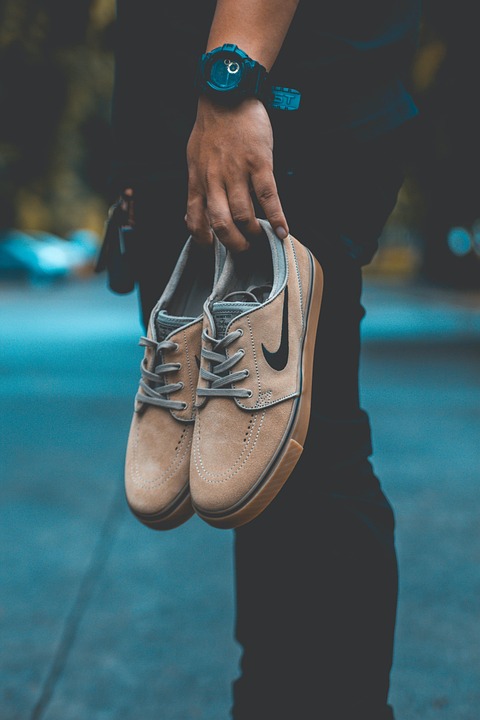Essential Fashion Designer Resume Template: Stand Out in the UK Fashion Industry
Crafting a resume as a fashion designer in the UK can be a daunting task, especially given the competitive nature of the industry. However, a well-structured resume can make all the difference. Let’s explore what makes an effective fashion designer resume that catches the eye of potential employers.
1. Eye-Catching Design
A fashion designer’s resume should reflect your aesthetic sensibility. This doesn’t mean it should be overly complicated; rather, it should showcase your creativity. Consider using a distinctive layout, a unique font, and a subtle colour palette that aligns with your personal brand. Remember, simplicity is key—make sure that your design doesn’t overshadow the content.
2. Tailored Profile Summary
Your profile summary is your chance to make a strong first impression. Tailor it to highlight your key skills and experiences relevant to the position you’re applying for. Use evocative language to convey your passion for fashion, your design philosophy, and any unique attributes that set you apart from the crowd.
- Highlight Your Specialisations: Whether it’s sustainable fashion, high couture, or streetwear, ensure that your specialty shines through.
- Showcase Your Achievements: Mention any awards, recognitions, or notable collaborations that demonstrate your credibility in the field.
3. Relevant Work Experience
When detailing your work experience, focus on quality over quantity. A concise list of your most impactful roles will resonate better than an exhaustive account. For each position, include:
- Job Title and Company: Clearly state your role and the brand you worked for.
- Duration: Specify the time frame of your employment.
- Key Responsibilities and Achievements: Use bullet points to outline what you accomplished. Quantify your achievements where possible—did you increase sales by a certain percentage? Did your designs feature in a prominent fashion show?
4. Skills That Impress
Employers in the fashion industry are looking for specific skills that can elevate their brand. Make sure to include both hard and soft skills in your resume.
- Technical Skills: Proficiency in design software such as Adobe Creative Suite, pattern-making, and textile knowledge.
- Soft Skills: Creativity, teamwork, and communication skills are just as critical. Highlight your ability to collaborate with teams and communicate your vision effectively.
5. Education and Qualifications
Your educational background is vital, especially if you attended a prestigious fashion school. Include:
- Degree and Institution: Clearly state your qualifications, including any special projects or relevant coursework.
- Additional Certifications: If you have completed workshops or additional training, list these as well. They can give you an edge, especially in niche areas of fashion.
6. Portfolio Showcase
In the world of fashion, your portfolio is just as important as your resume. Consider adding a link to your online portfolio, where potential employers can view your work. Make sure your portfolio reflects your best designs and a diversity of styles.
- Curate Carefully: Only include pieces that you feel represent your skills and vision effectively.
- Keep It Updated: Regularly refresh your portfolio with new projects or designs to keep it relevant.
Final Thoughts
Creating a standout resume in the UK fashion industry requires a mix of creativity, clarity, and professionalism. By following these guidelines, you can ensure that your resume not only reflects your unique style but also highlights the skills and experiences that make you the ideal candidate for the job.
CVPortal continues to bring you quality resume references to guide your journey in crafting the perfect CV.

